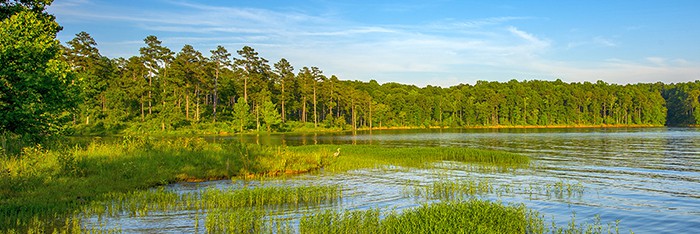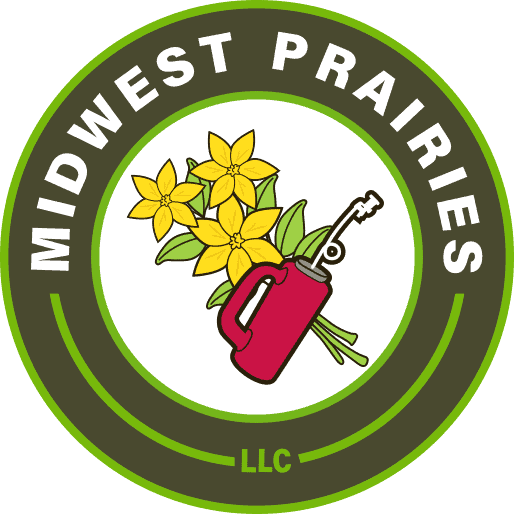Woodland Restoration
Woodland Restoration
Our Woodlands are deteriorating
Most of the forests and woodlands of Wisconsin have deteriorated rapidly in the past fifty years as cattle have been moved from pasture to barn and human activities other than hunting have decreased. Perhaps 90% of the area once covered by forests have been converted to agriculture and of the areas that remain, only a very small percentage could be considered healthy. Most forested areas and woodlands today are thick with brush.
The invasive species of buckthorn and honeysuckle have pushed today’s woodlands to the brink of collapse. Buckthorn and honeysuckle are the first woody plants to grow leaves in the spring and the last to lose them in the fall.
Thus, when they begin their invasion, spring ephemeral wildflowers are the first to go. As they take over, dense shade destroys the remaining ground covers like sedges, ferns, and grasses. The result is bare soil under the canopy and a nearly lifeless forest.
The process of taking a woodland or forest preserve that has been impaired by invasive species to one that resembles the healthy state at the time of settlement takes time and patience. In fact, it should not be considered a process with an end goal in mind, but rather a change in behavior that will last the lifetime of the landowner and hopefully beyond.
Once native ground covers become established it is time to reintroduce fire. From that point onward, your woodland should be on a positive trajectory. But, always remember, as mentioned early on, forest restoration is a process that must become a behavior. Periodic burning and active husbandry are required in perpetuity.
Oaks are the cornerstone of southern Wisconsin’s woodland ecosystems. They provide the most habitat value in terms of structure, food sources and long term health. Historically, oaks were dominant. Cherry, walnut, ash, and elm were scarce. Oaks are inhibited from regeneration by shade and elimination of fire. In most woodlands in southern Wisconsin, reducing shade and reintroducing fire will provide the conditions for new oaks to grow.
The process for restoring a woodland in southern Wisconsin generally involves removing invasive species, often by forestry mowing, thinning other less desirable native trees, and re-establishing native ground layer vegetation. Ground layer vegetation includes native grasses, sedges and wildflowers. This is a step that is often missed, but healthy ground layer vegetation provides fuel for prescribed fire and greatly reduces the opportunity for invasives to get established.
The process takes several years to accomplish, but once a woodland has been restored to a healthier state, periodic burning is often enough to keep it healthy for decades to come.

